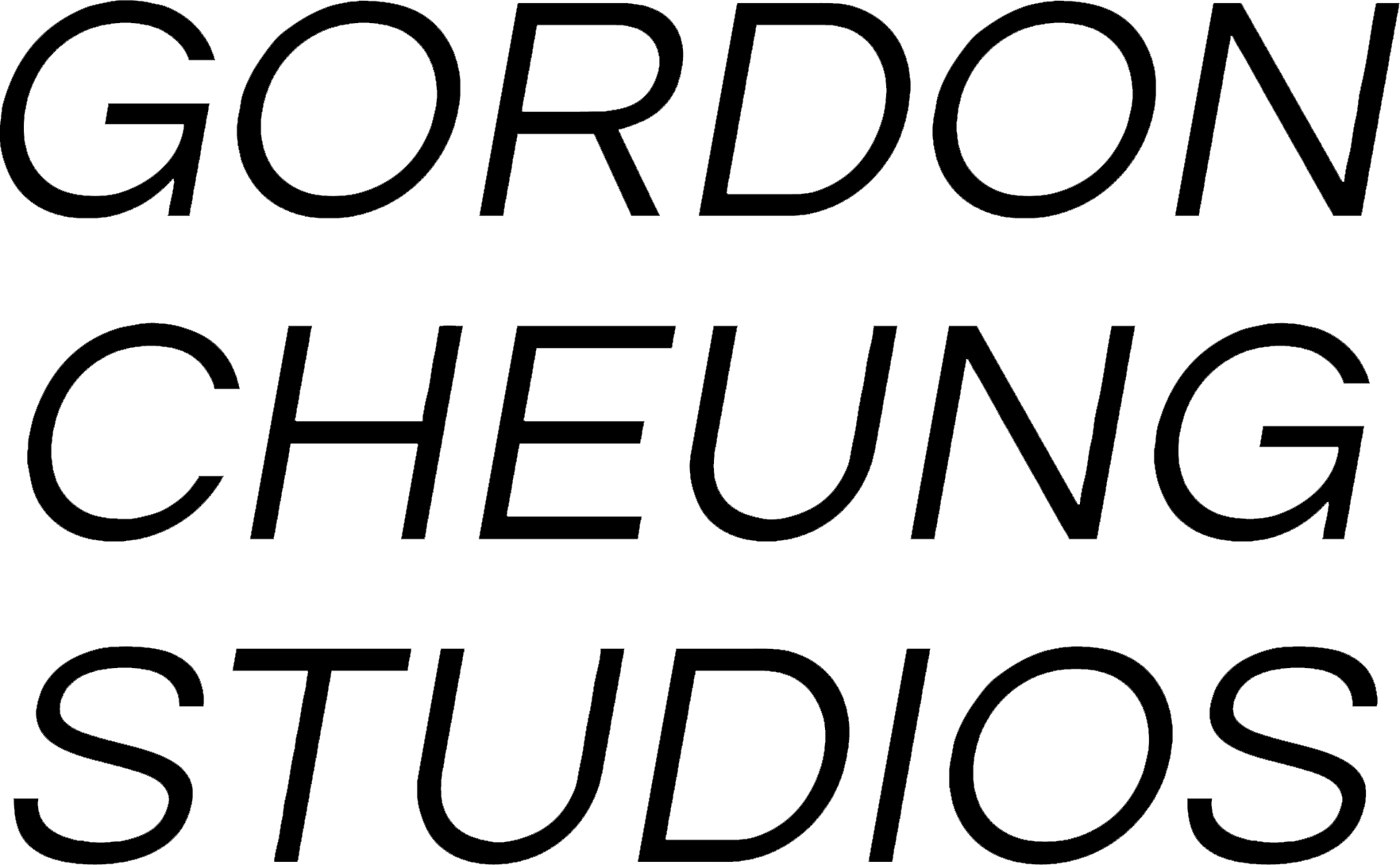Galerie Huit is pleased to present ‘Home’, Gordon Cheung’s debut solo exhibition in Hong Kong, a place from where the artist’s parents emigrated, to London where he was born and raised. The exhibition features a new body of mixed media paintings and Chinese lattice screens, continuing the artist’s question and critique on the effects of global capitalism and its underlying mechanism of power on our perception of identity, territory and sense of belonging.
The word ‘home’ evokes the place where one lives, especially as a member of family or household. It also carries the meaning of returning by instinct to one’s territory after leaving it. Being both Chinese and British, Cheung witnessed the 1997 British to China handover of the then colonised Hong Kong. His dual identity prompts him to think about the definition of home, where and what it is, and the narratives of conquest. What is the meaning of home in an age where the world order is changing at accelerated speed? How can a domestic domicile be powerlessly torn down and replaced with commercial towers, all in the name of progress?
Hong Kong is often used as a backdrop in science fiction to explore the intersections of old and new architecture. The compressed futuristic city is composed of layered expressions of humanity, history and civilisation, forming a feedback loop that we collectively define but also simultaneously defines our identities. Contemplating the ever ongoing evolution of this city, Cheung’s landscape paintings depict Hong Kong and Shenzhen. Through exploring the relationship between these neighbouring cities, Cheung discusses the notion of ambiguous identities as a consequence of blurring boundaries. The existential questions of ‘who, why and what am I?’ are universal questions of consciousness, and also the germinating seeds of transformation that Cheung layers into his work.
Cheung explores the progress of history and civilisations shaped by mythologies - themes that are inherently embedded into his work and creative process. In this exhibition, his thoughts are expressed through the notion of the “in-between” - that in an increasingly technologised era, our perception of time and space are in a state of constant flux.
Suspended in the air throughout the gallery, Cheung’s new series of Chinese lattice screens, made from Financial Times newspaper and bamboo, refer to old homes with traditional Chinese window designs that are being demolished for rapid urbanisation. The screens act as a metaphor that demarcates Communism from what might be paradoxically called Communist Capitalism.
Looking through the Chinese lattice screens, Cheung’s unearthly still life paintings feature luminous flowers that curve out of decorated pots. The blooming flowers based on Dutch Golden Age still life paintings over 370 years ago represent the birth of modern capitalism – a period of extraordinary wealth and power. It was an era when ‘Tulipmania’, the world’s first economic bubble, was triggered by the speculative trade in tulip bulbs. Cheung’s work alludes to a genre that romanticises futile materialism and fragile life while ostentatiously displaying symbols of power and wealth and omitting the darker truths of how the Dutch
accrued its empire through colonisation, slavery and militarised trade routes. At the base of the pot is what appears to be an abstract shape that is based on the artificial islands built by China in the South China Sea. The use of sand as the construction material refers
to the act of reclamation, which is often associated with human territorialism and expanding civilisations. Yet, the nature of sand is that it is ever shifting and easily blown away. As the blossoming flowers sit precariously atop this delicate foundation, Cheung’s
floral pieces comment on delicate dominance and illusory permanence.
‘Home’ signifies the artist’s return to a place that means family heritage, yet at the same time feels distant because of the changes that come along with its history, economy and society. Mapping myths to geopolitics that define what a home might mean, his dreamlike filigree flowers, landscapes and lattice screens serve to explore the existential tensions of the individual and the collective in an era of rapid transformation, constant expansion, consolidated power, and Capitalism.

